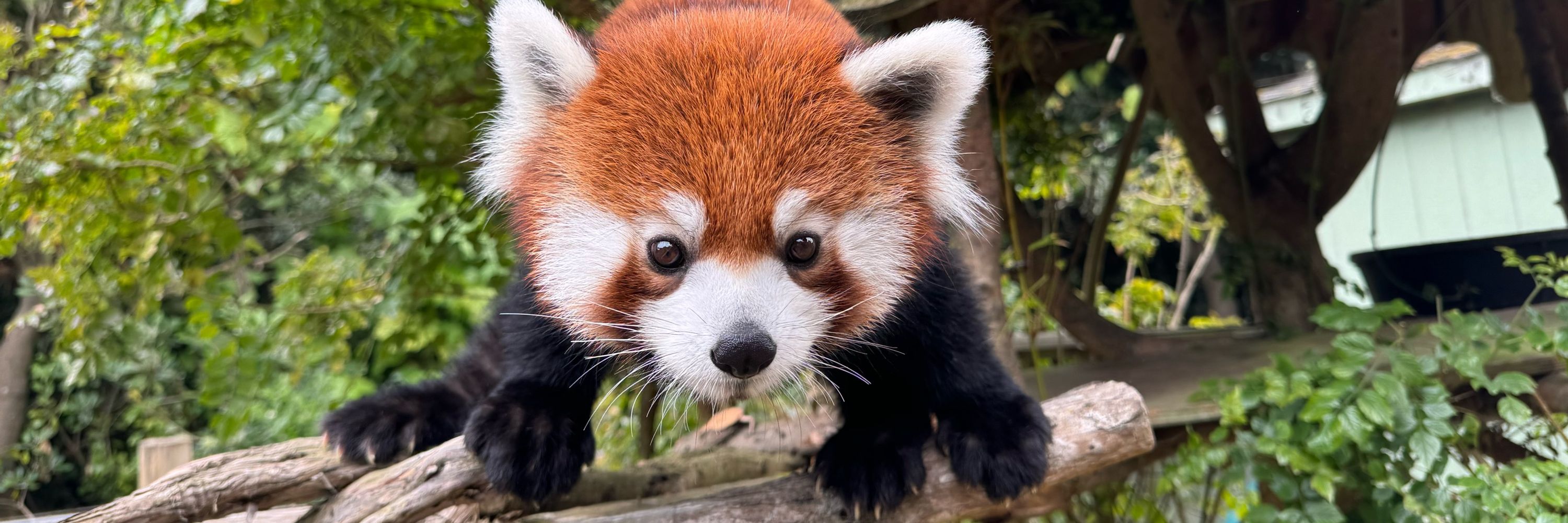San Francisco Zoo & Gardens
@sfzoo.bsky.social
290 followers
18 following
210 posts
Our mission is to connect all people with wildlife, inspire caring for nature and advance conservation action.
Posts
Media
Videos
Starter Packs
















